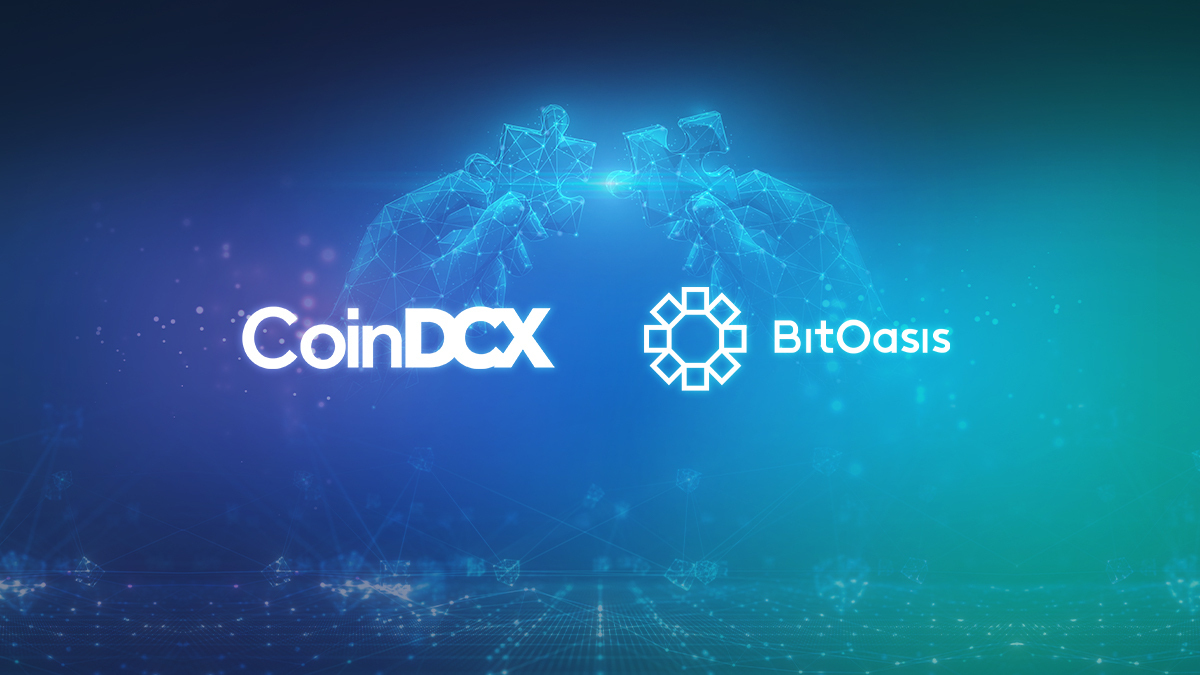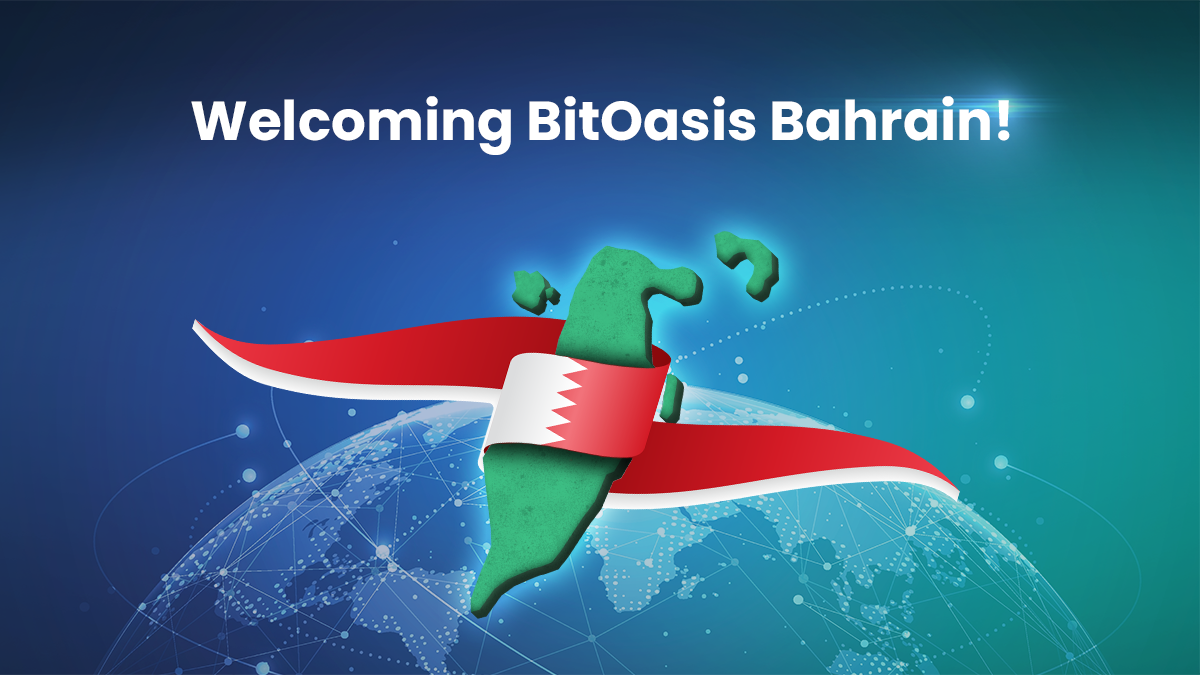Cardano is one of many smart contracts-driven blockchains and shares a lot of similarities with its peers, like the use of the proof-of-stake, the ability to operate smart contracts and decentralized applications, the high speed, the low costs, and so on.
But there are many things also that set Cardano apart from the others and make it worth the attention of blockchain technology enthusiasts.
Cardano was founded in 2017 by Charles Hoskinson, co-founder of Ethereum, and Jeremy Wood. From its early days, Cardano emphasized the importance of research-driven development and kept its commitment to peer-reviewed academic research. This means that any code being deployed is verified mathematically by other academics.
Other than the academic commitment, some of Cardano’s fundamentals in terms of blockchain structure, leadership, and governance set it apart from other seemingly similar projects.
Layered blockchain
The Cardano blockchain is built in a way that prevents some functions from affecting the speed of others. It’s basically divided into two layers:
The Cardano Settlement Layer (CSL): This layer is responsible for the transfer of ADA tokens between accounts and recording transactions.
The Cardano Computation Layer (CCL): This layer contains the smart contracts used by developers for moving the funds automatically.
Those wishing to run a Cardano node have three types of nodes they can choose from: mCore nodes that stake ADA and participate in blockchain’s governance, Relay nodes, that take on the responsibility of moving the data between mCore nodes and the public internet, and Edge nodes, that create cryptocurrency transactions.
Ouroboros
Cardano uses a unique variation of the proof-of-stake consensus mechanism, named “Ouroboros”, the name of the ancient unity symbol of a dragon or a snake eating its own tail. This mechanism divides time into ‘epochs’ and ‘slots’, with each epoch containing a couple of 20-second slots.
Within each slot, an mCore leader node is chosen randomly to decide which blocks to be added to the blockchain. These include genesis blocks that list the epoch’s slots leaders and main blocks that include the transaction, proposals, and voting information. Once an epoch is over, the last slot leaders elect slot leaders for the next epoch.
In terms of the main way of work, Ouroboros can be considered a delegated proof-of-stake (DPoS).
Distributed Leadership
Unlike most crypto projects, Cardano is not being maintained by one organization, but three, with each of them taking on different roles. First of these three is the Cardano Foundation, which is a Switzerland-based non-profit organization responsible for supervising the developing and upgrading the blockchain.
The second one is IOHK (or Input Output Hong Kong), which is co-founded by the same co-founders of Cardano. It’s a research and software company that engineered the Ouroboros mechanism and works on developing blockchains other than Cardano.
Last is Emurgo, which is the company responsible for encouraging companies and individuals to use Cardano’s technology. All three entities are autonomous and work independently from each other.



